Refine search
Actions for selected content:
23990 results in Ancient history
Seven - Growth and Decline along a Commercial Corridor, ca. 1347–1555
-
- Book:
- The Lives of a Roman Neighborhood
- Published online:
- 22 November 2022
- Print publication:
- 01 December 2022, pp 138-155
-
- Chapter
- Export citation
Chapter 7 - An Invitation
-
- Book:
- Pindar and Greek Religion
- Published online:
- 18 November 2022
- Print publication:
- 01 December 2022, pp 240-250
-
- Chapter
- Export citation
Illustrations
-
- Book:
- The Lives of a Roman Neighborhood
- Published online:
- 22 November 2022
- Print publication:
- 01 December 2022, pp ix-x
-
- Chapter
- Export citation
Subject Index
-
- Book:
- Music at Social Meals in Greek and Roman Antiquity
- Published online:
- 18 November 2022
- Print publication:
- 01 December 2022, pp 428-442
-
- Chapter
- Export citation
2 - Assessing the Scale of Property Confiscation in the Ancient Greek World
- from Part I - Uncertainty
-
-
- Book:
- The Uncertain Past
- Published online:
- 18 November 2022
- Print publication:
- 01 December 2022, pp 53-92
-
- Chapter
- Export citation
3 - Senators and Senatorial Wealth at Pompeii
- from Part I - Uncertainty
-
-
- Book:
- The Uncertain Past
- Published online:
- 18 November 2022
- Print publication:
- 01 December 2022, pp 93-134
-
- Chapter
- Export citation
Acknowledgements
-
- Book:
- The Uncertain Past
- Published online:
- 18 November 2022
- Print publication:
- 01 December 2022, pp xiii-xiv
-
- Chapter
- Export citation
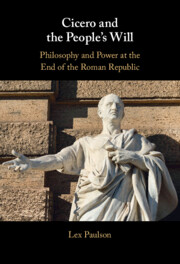
Cicero and the People’s Will
- Philosophy and Power at the End of the Roman Republic
-
- Published online:
- 24 November 2022
- Print publication:
- 08 December 2022
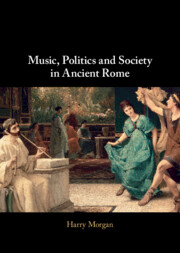
Music, Politics and Society in Ancient Rome
-
- Published online:
- 24 November 2022
- Print publication:
- 08 December 2022
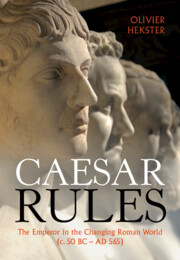
Caesar Rules
- The Emperor in the Changing Roman World (c. 50 BC – AD 565)
-
- Published online:
- 23 November 2022
- Print publication:
- 08 December 2022
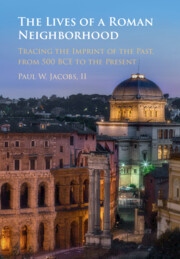
The Lives of a Roman Neighborhood
- Tracing the Imprint of the Past, from 500 BCE to the Present
-
- Published online:
- 22 November 2022
- Print publication:
- 01 December 2022

Dissection in Classical Antiquity
- A Social and Medical History
-
- Published online:
- 18 November 2022
- Print publication:
- 08 December 2022
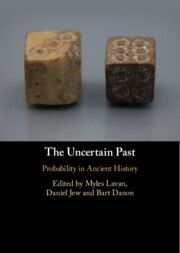
The Uncertain Past
- Probability in Ancient History
-
- Published online:
- 18 November 2022
- Print publication:
- 01 December 2022

Pindar and Greek Religion
- Theologies of Mortality in the Victory Odes
-
- Published online:
- 18 November 2022
- Print publication:
- 01 December 2022

Xenophon's Anabasis
- A Socratic History
-
- Published by:
- Edinburgh University Press
- Published online:
- 18 November 2022
- Print publication:
- 30 June 2022
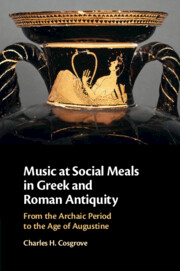
Music at Social Meals in Greek and Roman Antiquity
- From the Archaic Period to the Age of Augustine
-
- Published online:
- 18 November 2022
- Print publication:
- 01 December 2022
1 - Hieradoumia
-
- Book:
- The Lives of Ancient Villages
- Published online:
- 28 October 2022
- Print publication:
- 17 November 2022, pp 1-24
-
- Chapter
- Export citation
Contents
-
- Book:
- The Lives of Ancient Villages
- Published online:
- 28 October 2022
- Print publication:
- 17 November 2022, pp v-v
-
- Chapter
- Export citation
5 - Household Forms
-
- Book:
- The Lives of Ancient Villages
- Published online:
- 28 October 2022
- Print publication:
- 17 November 2022, pp 146-193
-
- Chapter
- Export citation
10 - City, Village, Kin-Group
-
- Book:
- The Lives of Ancient Villages
- Published online:
- 28 October 2022
- Print publication:
- 17 November 2022, pp 319-356
-
- Chapter
- Export citation
